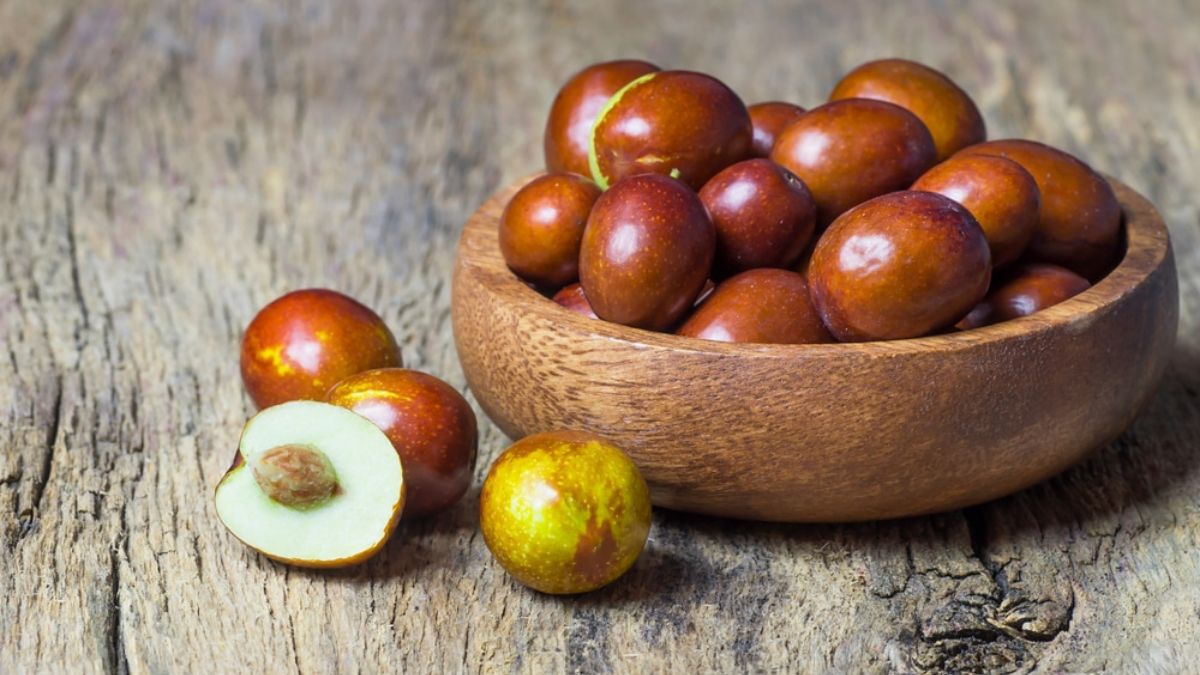Žižole, also known as jujube or Ziziphus jujuba, is a small, oval-shaped fruit that has charmed generations with its sweet-tart flavor, nutritional richness, and cultural significance. Native to China but widely cultivated in the Mediterranean, the Balkans, and parts of the Middle East, žižole have become a cherished seasonal treat, particularly in Croatia, Slovenia, and surrounding regions.
A Fruit With a Long History
The jujube tree, from which žižole grow, is a hardy, deciduous plant known for its ability to thrive in dry, arid climates. Cultivated for over 4,000 years, it was historically revered not just for its fruit but also for its medicinal properties. Ancient Chinese texts describe the jujube as a “fruit of immortality,” and it has been used in traditional medicine to treat everything from insomnia to digestive issues.
In the Mediterranean, particularly along the Dalmatian coast and in parts of Istria, žižole are celebrated in late summer and early autumn. Local farmers often sell them fresh at markets, their glossy skins turning from green to reddish-brown as they ripen.
Conclusion
Žižole stands as a vibrant testament to the rich culinary heritage of the Mediterranean, capturing the essence of sun-ripened fruits and time-honored traditions in every bite. Its perfect balance of sweetness and tanginess not only delights the palate but also evokes the warmth and simplicity of Mediterranean life. Whether enjoyed as a fresh snack, a versatile ingredient, or a cherished family recipe passed down through generations, Žižole embodies the region’s love for natural flavors and wholesome indulgence.
As global appreciation for authentic, artisanal foods grows, Žižole remains a hidden gem waiting to be discovered by food enthusiasts worldwide. Its unique taste and cultural significance make it more than just a treat—it is a celebration of Mediterranean joy, tradition, and the simple pleasures of life. So, the next time you crave something sweet yet refreshing, let Žižole transport you to the sun-drenched shores of the Mediterranean, one delicious bite at a time.
Flavor and Uses
Žižole can be enjoyed fresh, dried, or even candied. When fresh, they have a crisp texture and a flavor reminiscent of apples, though with a slightly tangier note. As they ripen and dry, the sugars intensify, resulting in a chewy, date-like consistency that makes them ideal for snacking or inclusion in desserts and teas.
In the Balkans, dried žižole are often used in herbal infusions believed to soothe the throat and aid digestion. They’re also popular during festivals and family gatherings, where their natural sweetness complements stronger flavors like cheese or cured meats.
Nutritional Benefits
Žižole are more than just tasty—they’re packed with nutrients. Rich in vitamin C, potassium, and antioxidants, they support immune health, improve circulation, and may even contribute to better sleep. Their low calorie count and high fiber content also make them a healthy snack alternative.
Cultivation and Seasonal Joy
Growing žižole is relatively straightforward, as the tree requires minimal care once established. It prefers sunny locations and well-drained soil. In late September and October, families often pick the fruit by hand, a tradition that fosters a strong sense of community and connection to the land.
In rural Croatian and Slovenian households, it’s common to find a jar of dried žižole on the kitchen shelf, passed down from generation to generation as both food and medicine.
A Taste Worth Discovering
While žižole may not yet be a mainstream fruit globally, their appeal is undeniable. For those lucky enough to live in or visit regions where they’re grown, tasting them fresh from the tree is an experience in itself—both a culinary delight and a cultural immersion.
As interest in heritage foods and traditional health remedies grows, žižole are gaining recognition beyond their regional roots. Whether enjoyed fresh, dried, or brewed into a soothing tea, žižole offer a flavorful link to centuries of agricultural wisdom and human enjoyment.
Conclusion
The exploration of Rapelusr reveals a multifaceted concept with significant theoretical and practical implications across various domains. By delving into its origins, defining characteristics, and potential applications, this study underscores how Rapelusr challenges conventional frameworks and opens new avenues for discourse. Whether in philosophy, technology, sociology, or another field, Rapelusr prompts critical reflection on existing paradigms and encourages innovative thinking.











